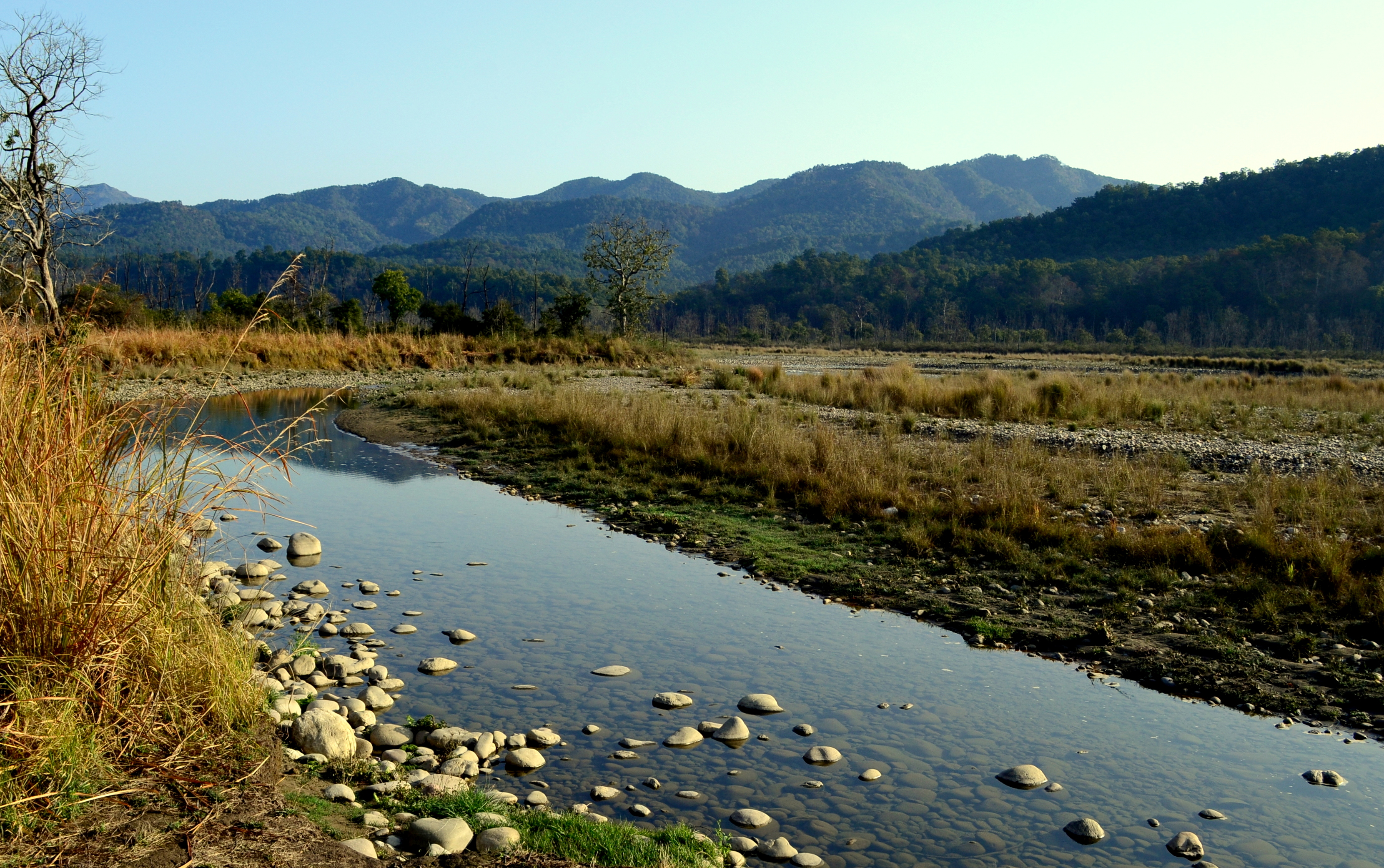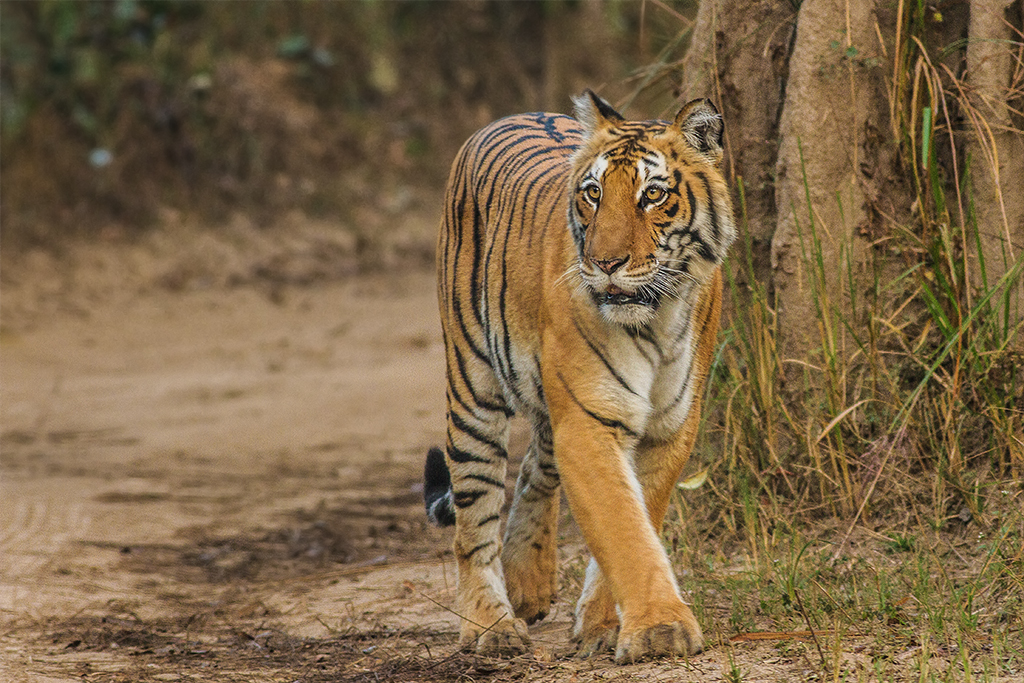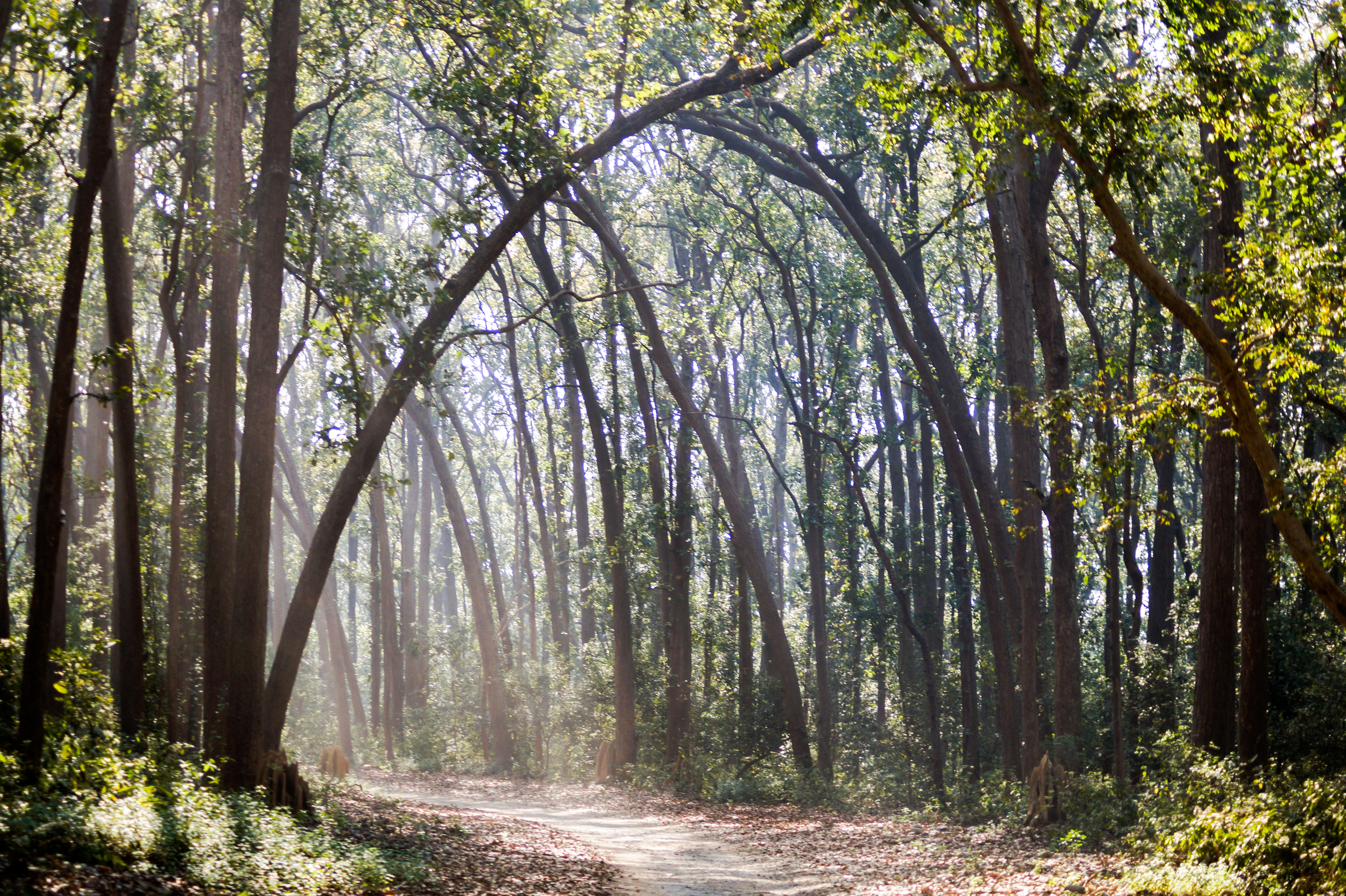Jim Corbett National Park stands as a pioneering testament to India's wildlife conservation efforts, holding the distinction of being the country's first national park. Established in 1936 during the British Raj, the park was initially named Hailey National Park after William Malcolm Hailey, the governor of the United Provinces. The park's creation marked a significant shift in colonial India's approach to wildlife, transitioning from hunting grounds to protected sanctuaries. In 1956, it was renamed to honor Jim Corbett, the legendary hunter-turned-conservationist who played a crucial role in its establishment and championed the cause of wildlife protection in British India.
The park's evolution reached a pivotal moment in 1973 when it became the launchpad for Project Tiger, India's ambitious conservation initiative aimed at protecting the Bengal tiger from extinction. This watershed moment transformed the park from its historical role as an elite hunting reserve into a crucial sanctuary for wildlife preservation. The implementation of Project Tiger brought about comprehensive changes in management practices, enhanced protection measures, and scientific monitoring of tiger populations, setting a precedent for conservation efforts across the Indian subcontinent.
Encompassing 520.8 square kilometers, the park showcases remarkable geographical diversity within the sub-Himalayan belt. The landscape varies dramatically, with elevations ranging from 1,300 to 4,000 feet above sea level, creating distinct ecological zones that support an extraordinary variety of flora and fauna. The park's territory comprises dense moist deciduous forests dominated by sal trees (73% of the area), grasslands (10%), and various other habitat types including riverine belts and marshy depressions. This diverse ecosystem supports over 110 tree species, creating a complex habitat mosaic that sustains the park's rich biodiversity.
The Ramganga River, flowing through the heart of the park, serves as its lifeline, shaping both the landscape and the behavior of its inhabitants. The river system creates a dynamic environment of channels, islands, and sandy banks that provide essential habitats for numerous species. The construction of the Kalagarh Dam in the 1970s significantly altered the park's hydrology and wildlife movement patterns, presenting both challenges and opportunities for ecosystem management. The riverine ecosystem supports a complex food web, from fish and amphibians to water birds and larger predators.
The park's cultural significance extends far beyond its ecological importance, representing a unique blend of Kumaoni and Garhwali traditions. Local communities have maintained a deep connection with the forest landscape for generations, reflected in their folklore, religious practices, and traditional ecological knowledge. The region celebrates this cultural heritage through various festivals and rituals, including the Nanda Devi Fair and Garjiadevi Fair, which showcase the intricate relationship between local communities and their natural environment. Traditional art forms, including the Chholiya Nritya war dance, continue to be performed, preserving the cultural legacy of the region.
The management of Jim Corbett National Park has evolved significantly over the decades, adapting to changing conservation priorities and tourism demands. The introduction of ecotourism initiatives in the 1990s marked a new chapter in the park's history, attempting to balance conservation objectives with sustainable tourism development. The park authorities implemented comprehensive guide training programs, improved infrastructure, and established strict visitor protocols to minimize human impact on the ecosystem. However, the growing popularity of wildlife tourism has brought new challenges, including increased pressure on park resources and the need for more effective visitor management strategies.
Recent years have witnessed both achievements and controversies in the park's management. The park has successfully maintained its tiger population while facing challenges from development pressures and human-wildlife conflict in surrounding areas. The 2023 Supreme Court intervention to halt construction activities in core areas highlighted the ongoing tension between development and conservation interests. The park continues to adapt its management strategies, implementing innovative solutions such as smart patrolling systems and community-based conservation initiatives to address these challenges effectively.
Today, Jim Corbett National Park remains a symbol of India's commitment to wildlife conservation and a living laboratory for studying ecosystem dynamics. The park offers visitors unparalleled opportunities to experience India's natural heritage through various activities, from jeep safaris to nature walks and bird watching. As it faces the challenges of the 21st century, including climate change and increasing anthropogenic pressures, the park's legacy continues to inspire conservation efforts worldwide, serving as a model for balanced ecosystem management and sustainable tourism practices.







